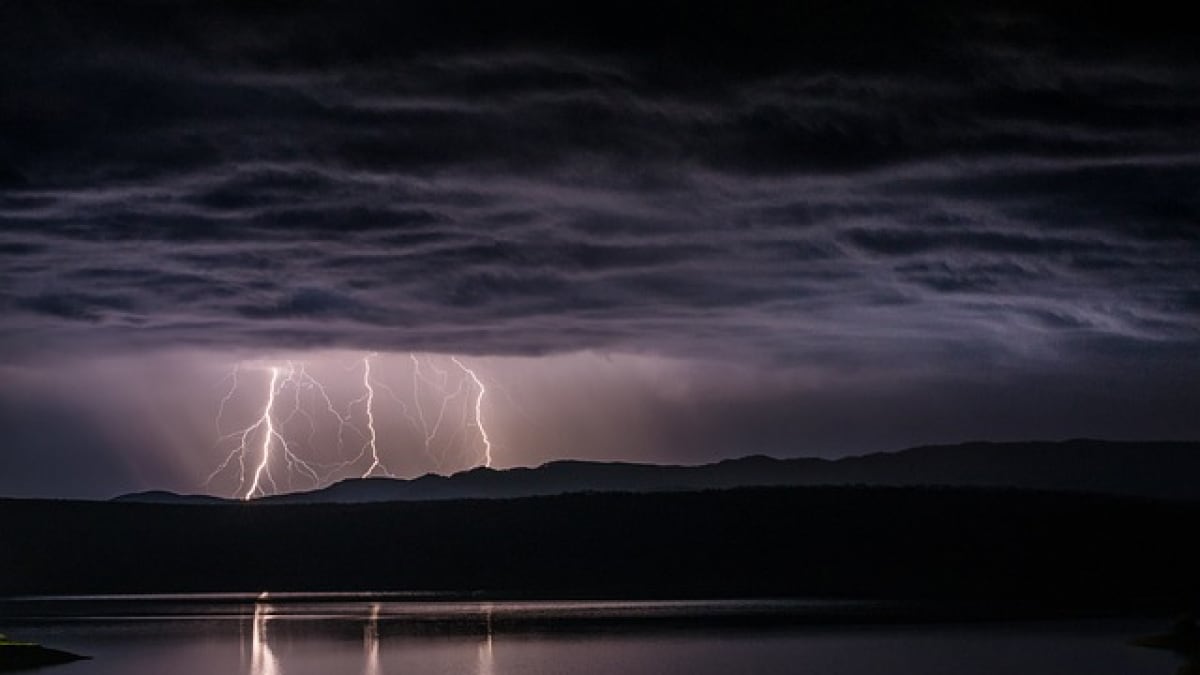Observations of ultra–high-energy gamma rays, considered a breakthrough in cosmic studies, are raising questions regarding their accuracy due to potential interference from thunderstorms. Gamma rays exceeding one petaelectronvolt (PeV) were detected by the Large High Altitude Air Shower Observatory (LHAASO) in Tibet, hinting at cosmic accelerators far surpassing any particle collider on Earth. However, concerns have emerged that thunderstorms could be skewing these measurements by amplifying subatomic particle showers in the atmosphere, thereby exaggerating gamma ray energy levels.
Thunderstorms' Potential Role in Amplifying Particle Showers
According to findings published in The Astrophysical Journal Letters, Ashot Chilingarian, director of the Aragats Cosmic Ray Research Station, highlighted the influence of thunderstorms on particle showers. Chilingarian, along with Mary Zazyan from the Yerevan Physics Institute, conducted a study showing that electric fields in thunderstorms could intensify these particle showers. Their model suggested that this amplification could lead to substantial overestimation of gamma ray energy by observatories such as LHAASO. It was also noted that weather-related data tied to these gamma ray events has not yet been disclosed, leading to calls for greater transparency.
LHAASO Scientists Address Concerns
Zhen Cao, LHAASO spokesperson, stated to Science News that weather conditions are closely monitored by their team using antennas that measure atmospheric electric fields. He also remarked that thunderstorms are uncommon in Tibet's mountainous regions and dismissed any obvious connection between storms and the gamma ray detections.
Monitoring Practices at Other Observatories
At the High Altitude Water Cherenkov Observatory (HAWC) in Mexico, similar concerns are mitigated through constant monitoring of electric fields. Kelly Malone, a researcher at Los Alamos National Laboratory, clarified that gamma ray events in their data appear evenly distributed over time, indicating minimal interference from thunderstorms.
Experts Call for Caution in Interpretation
Experts, including Johannes Knapp from the DESY laboratory in Germany, recommend continued caution and thorough verification of such groundbreaking detections. While no direct link has been confirmed, the potential impact of thunderstorms on these measurements is being closely examined.
































